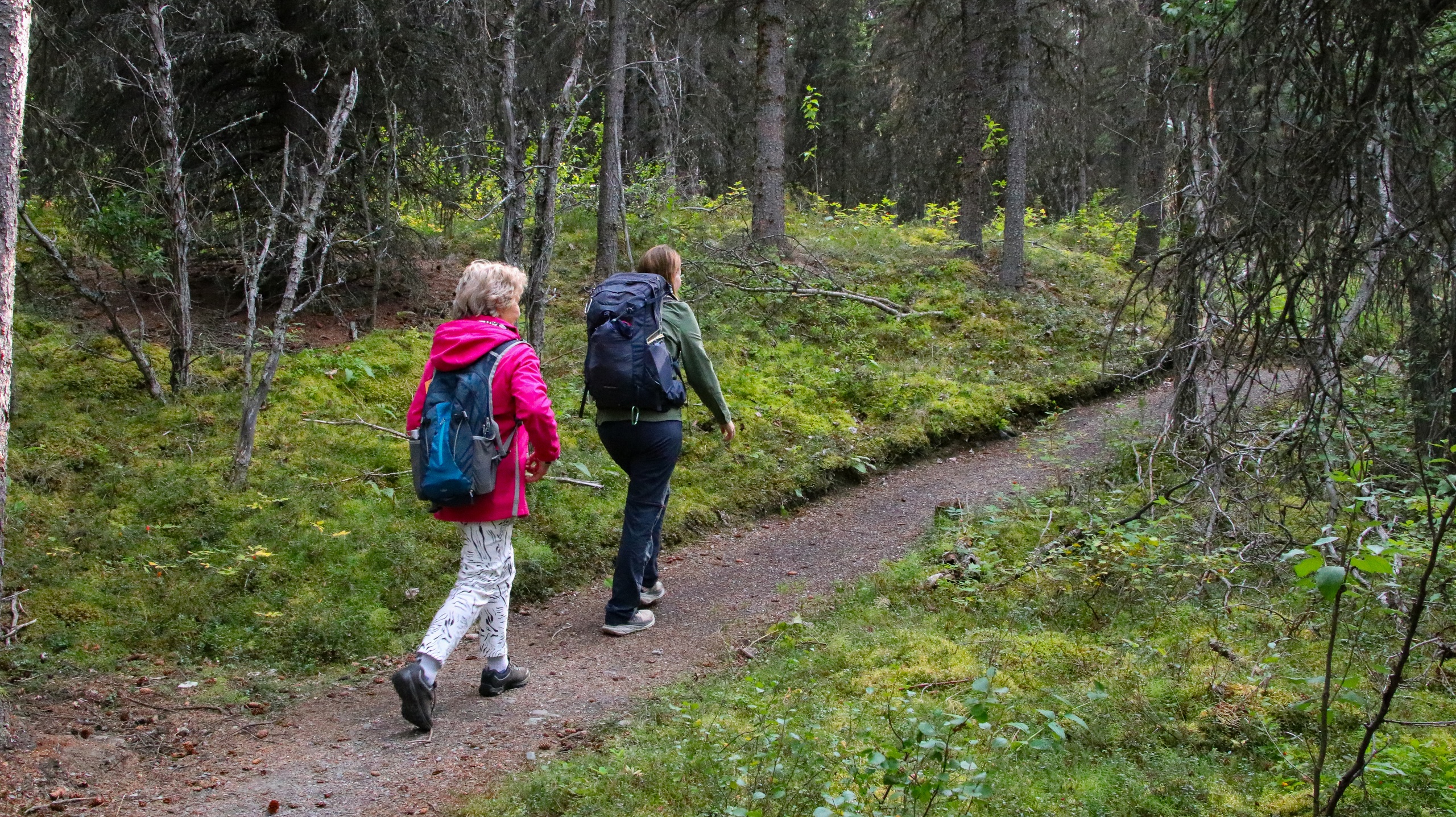Biscayne National Park: Clear Water, Quiet Keys, and the Wild Heart of Miami’s Backyard
Snorkel shipwrecks, paddle mangrove mazes, and island-hop within sight of the Miami skyline.
Dawn comes soft to Biscayne Bay. The water lies like glass, and the mangroves breathe out the night—salty, sweet, and a little wild. From the Dante Fascell Visitor Center, you push off into a world that’s more water than land, where the horizon is stitched by the low, green hum of the northern Florida Keys and the tide nudges you toward adventure. Here, Miami’s energy slows to a tidal pace; the bay has its own heartbeat and it’s happy to set yours. A kayak whispering across the shallows finds long ribbons of turtle grass, rays spooking in puffs of sand, and needlefish writing quicksilver signatures on the surface. Paddle far enough, and you reach the coral rock of Elliott Key—the first of the true Florida Keys—where wind strokes the palms and the Atlantic trades stories with the bay. Drop a mask into the water and the park reveals its depth. Parrotfish rasp at coral; a curious barracuda hangs in the blue like a punctuation mark; nurse sharks doze on the seafloor. Biscayne guards a living treasure: part of the Florida Reef Tract, the only coral barrier reef in the continental United States. On calm days, snorkeling the Maritime Heritage Trail feels like stepping into a time capsule. The ocean keeps its own museum—wooden ribs of old schooners, iron fittings surrendered to coral, and the elegant bones of the Mandalay, a 1920s luxury yacht now haloed in sea fans. The currents here don’t just move water; they nudge history along the bottom, asking you to follow. Islands break the horizon with surprises. Boca Chita Key, with its small 1930s-era ornamental lighthouse, invites picnics and laid-back wandering. On weekends, boaters tie up and turn the key into a floating neighborhood, yet you can still find a quiet corner where the wind talks in the casuarinas. Farther north, Stiltsville hovers at the edge of the bay like a mirage—a scattering of pastel stilt houses that began as Prohibition-era social clubs and fishing shacks. The structures seem to tiptoe on the water, reminding you that this landscape is always negotiating with the sea. To understand Biscayne, it helps to know the layers beneath your paddle. Geology built this place from oolitic limestone and coral rock, as ancient reefs rose and fell with sea levels. For millennia, the Tequesta people navigated these rich shallows by dugout canoe, harvesting conch and fish along routes that modern paddlers still trace. In the 20th century, development threatened to tame the bay with dredges and fill; protection came in 1968 when Biscayne was designated a national monument, later upgraded to a national park in 1980. Today, 95 percent of the park is water, and its survival depends on what we do on and under the surface. This is an adventure with a practical edge. Conditions rule here, the way a mountain dictates weather at altitude. Check the marine forecast—wind over 12 knots can turn the bay from a mirror into a rattle. Winter fronts bring clear air and better visibility; summer warms the water to bath temperature but invites pop-up storms. Plan your day with the tide, which can conspire with wind to speed or stall your progress. Paddlers will find mellow mileage in Jones Lagoon and along Elliott Key’s leeward shores; snorkelers should target calm mornings on the reefs or protected wrecks. If you’re new to open water, consider a guided tour with an authorized operator—an easy way to learn the park’s rhythms, from mooring buoys to navigation hazards. The wildlife plays a starring role and doesn’t mind the spotlight. Manatees drift like gentle zeppelins through the marina, and dolphins roll the bay into gleeful commas that punctuate otherwise flat water. Look closer and you might spot an American crocodile in the backcountry creeks—shy, prehistoric, and as much a part of Biscayne as the long-legged herons that patrol the mangroves. Underwater, the choreography changes by the minute: blue tangs schooling like confetti, parrotfish grinding coral into the sand that builds the very beaches we love. Biscayne invites you to move lightly and pay attention. The bay will reward you with moments—sun backlighting a frigatebird’s scythe-shaped wings, the lighthouse on Boca Chita standing like a friendly sentinel, the hush of a mangrove tunnel that seems to hold its breath as you slip through. Then there are the practical wins: picnic tables in the shade, clear channel markers, mooring buoys to protect the reef from anchors. You’ll finish the day salt-streaked and sun-happy, the city skyline now a distant suggestion behind you. On the paddle back, the bay slides under your hull like satin, the current nudging you forward. Biscayne has a way of doing that—of pushing you toward what’s next: a sunset back at Convoy Point, a plate of fresh seafood in town, or the quiet satisfaction that comes from exploring a park where the trail is water and the map lives in color. For travelers, that’s the draw. It’s a national park you can explore in a single day or return to all week, building miles and memories one tide at a time. Come with curiosity, respect the water, and let the bay set the pace. Biscayne will meet you more than halfway.
Trail Wisdom
Check wind and tide before you launch
Winds over 12 knots and opposing tides can make paddling strenuous and reduce snorkel visibility—plan routes in the lee of islands on breezy days.
Use mooring buoys, not anchors
At reef and wreck sites, tie to designated buoys to protect coral and seagrass and to keep your boat secure in shifting currents.
Snorkel early for clearer water
Morning usually brings the best visibility and lighter boat traffic; bring a dive flag if snorkeling away from a moored vessel.
Sun management is gear management
Wear a UPF shirt, brimmed hat, and reef-safe sunscreen—reflected glare on the bay can double your exposure.
Local Knowledge
Hidden Gems
- •Jones Lagoon’s quiet backwaters for glassy, wildlife-rich paddling on calm mornings
- •The Mandalay shipwreck on the Maritime Heritage Trail for an accessible, photogenic snorkel
Wildlife
West Indian manatee, American crocodile
Conservation Note
Use mooring buoys, avoid touching or standing on coral, and idle through manatee zones. The park monitors stony coral tissue loss disease—respect any temporary closures.
The bay has been navigated for thousands of years, beginning with the Tequesta and later by Bahamian settlers; it became a national park in 1980 to protect reefs, keys, and mangroves from development.
Seasonal Guide
spring
Best for: Calm seas and clear visibility, Snorkeling and island picnics
Challenges: Occasional windy fronts, High UV index
Dry air and moderate winds bring some of the best clarity of the year. Expect warm days and cooler mornings—great for full-day paddles.
summer
Best for: Warm water snorkeling, Mangrove paddling
Challenges: Afternoon thunderstorms, Heat and humidity
Bath-warm water invites long snorkels, but plan early starts and be off the water by mid-afternoon to avoid storms and peak heat.
fall
Best for: Quiet weekdays, Wildlife sightings
Challenges: Tropical systems possible, Variable water clarity
Shoulder-season calm returns between storms, with thinner crowds and active marine life. Keep an eye on forecasts during peak hurricane season.
winter
Best for: Crisp air and long views, Photography
Challenges: Stronger north winds, Cooler water temps
Fronts bring sparkling skies and dramatic light. Choose leeward routes and consider a thin wetsuit for extended snorkels.
Photographer's Notes
What to Bring
Reef-safe sunscreen (non-nano mineral)Essential
Protects skin and the coral reef—apply generously and reapply after swimming.
UPF long-sleeve rash guardEssential
Shields from intense sun and reduces reliance on sunscreen while paddling and snorkeling.
Mask, snorkel, and finsEssential
Having a well-fitted set increases comfort and maximizes time observing reefs and wrecks.
10–20L dry bag
Keeps phone, keys, and a light layer dry during paddle crossings or boat spray.
Common Questions
Do I need to be an experienced swimmer to enjoy Biscayne National Park?
For snorkeling, you should be comfortable in open water; many guided trips provide flotation vests and instruction. Boat tours and shoreline walks require less swimming experience.
How deep are the snorkel sites?
Most popular reefs and wrecks range from about 6 to 20 feet, with excellent viewing in shallow areas suitable for beginners.
Are there facilities on the islands?
Boca Chita and Elliott Key offer restrooms and picnic areas; there is no potable water, so bring your own. Facilities are limited or absent on smaller keys.
Is wildlife like sharks or crocodiles a concern?
Nurse sharks are common and generally docile; American crocodiles are shy and typically keep their distance. Give all wildlife space and follow ranger guidance.
Can I bring my own kayak or paddleboard?
Yes. Launch from Convoy Point near the visitor center and stay within your skill level, especially in wind or strong currents.
Do I need reservations for tours or boat trips?
Advance reservations are strongly recommended, especially on weekends and during peak season. Walk-up availability is limited.
What to Pack
Wide-brim hat and polarized sunglasses for glare control; Reef-safe sunscreen to protect skin and coral; Compact snorkel set that fits you well; 2 liters of water per person in reusable bottles to stay hydrated in the heat.
Did You Know
Biscayne National Park protects part of the Florida Reef Tract—the only living coral barrier reef in the continental United States and the third-largest barrier reef system in the world.
Quick Travel Tips
Arrive early to beat wind and boat traffic; Check marine forecasts (wind, seas, lightning) before committing to offshore sites; Bring cash or card for island camping fees if staying overnight; Expect limited cell service once you’re a few miles offshore.
Local Flavor
Post-paddle, head to Homestead’s famed Robert Is Here for tropical fruit shakes and key lime treats, or sample farm-to-glass pours at Schnebly Redland’s Winery & Brewery. Back in Miami, try a Cuban sandwich and cafecito in Little Havana or fresh-catch ceviche along the Biscayne corridor.
Logistics Snapshot
Closest airport: Miami International (MIA). Main launch: Dante Fascell Visitor Center at Convoy Point. Drive: ~35 miles (45–60 minutes) south of downtown Miami. Cell service: Generally good near shore, spotty to none at reefs and outer keys. Permits: No permit for day use; camping fees on Boca Chita/Elliott Key; follow boating regs and use mooring buoys.
Sustainability Note
This is a seagrass- and coral-rich ecosystem—trim up in shallow water, never drag anchors, use reef-safe sunscreen, and pack out everything. Idle in manatee zones and give wildlife wide berths.
Continue Reading

Canyon Wave: Rafting Denali’s Glacial Heart on the Nenana River
The Nenana River doesn’t whisper—it urges you forward. On the Canyon Wave run, you’ll punch through crisp, glacial rapids beneath Denali’s ramparts, trading roadside views for a front-row seat to Alaska’s wild hydraulics. Cold water, big smiles, and a canyon that knows how to keep pace.
Healy, Alaska

Chasing Light in Denali: An Afternoon Hike Across Taiga and Tundra
Trade the tour bus for tundra. This guided afternoon hike threads from shadowed spruce to open ridgeline, where Denali’s valleys breathe wide and the wind calls the cadence. Come for the views, stay for the stories beneath your boots.
Denali Park, Alaska

